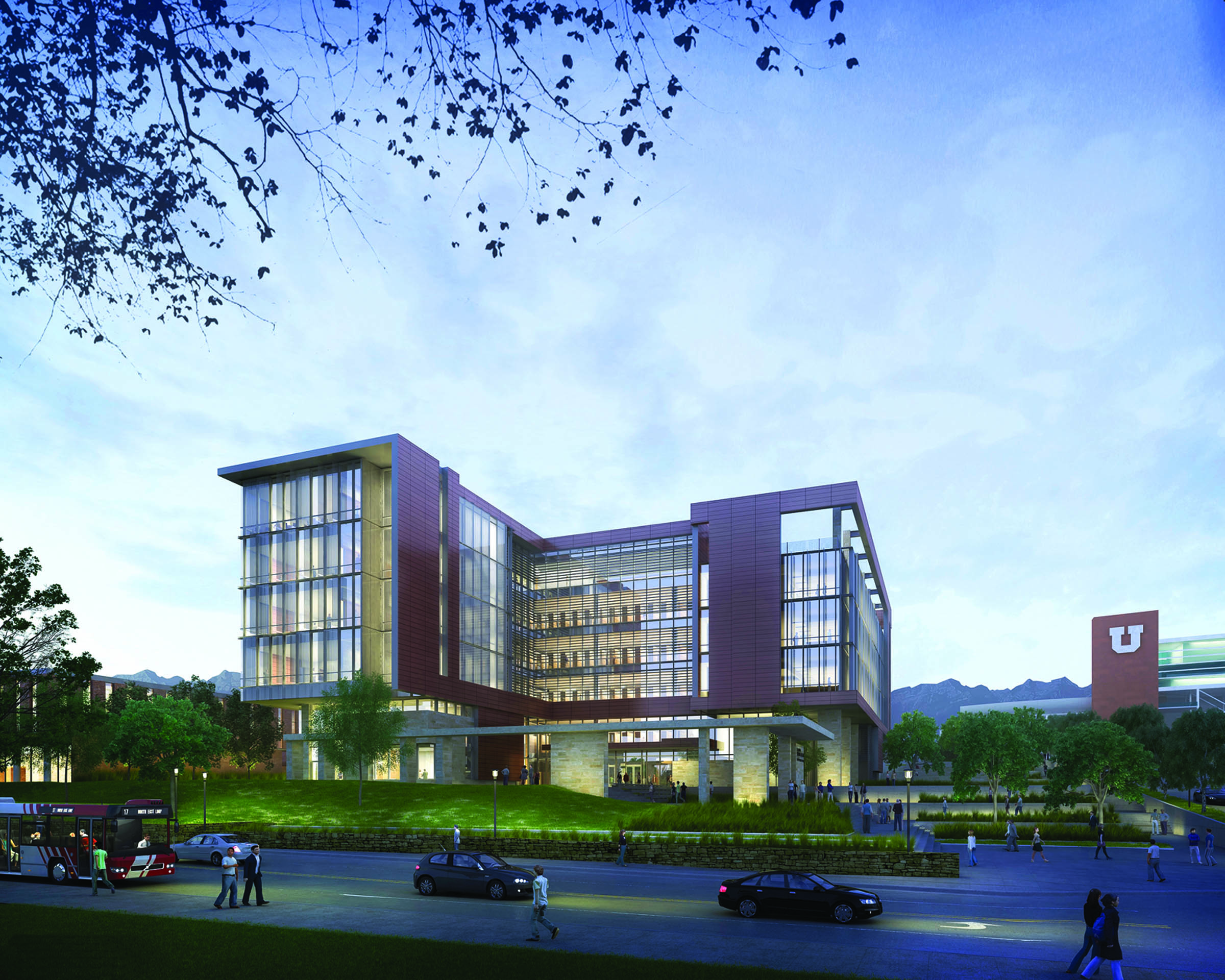
May 6, 2013 — As the University of Utah’s S.J. Quinney College of Law prepares to break ground on its new, home this June, the Alternative Visions Fund of the Chicago Community Trust announced a $4.5 million gift to the college.
The donation will help create a premier facility that promotes environmentally responsible construction and supports the college’s goal of obtaining certification as LEED platinum, a rating that no existing law school facility has yet attained. LEED, which stands for Leadership in Energy and Environmental Design, is a system for rating buildings for a range of sustainability features, including energy efficiency. The Alternative Vision Fund’s gift includes $500,000 in matching funds to encourage others to contribute to this effort to make the new law school building more sustainable.
“We are so grateful for the continued support of the Alternative Visions Fund, whose partner funds have a lengthy history of support for the College of Law’s Stegner Center,” said Interim Dean Bob Adler. “The architects at VCBO-Smith Group developed an incredible portfolio of additional sustainability features that inspired the Alternative Visions Fund to support our project.”
The College of Law’s new building incorporates a number of sustainable features into its design, including efficient irrigation, stormwater retention, site landscaping designed to accommodate low-water-use vegetation and easy access to mass transportation. The building also reduces energy consumption through enhanced exterior insulation, fixed exterior sunshades and insulating glass that emits low levels of heat.
In addition, the building incorporates energy-efficient systems, such as a “chilled beam” heating and air conditioning system, enhanced lighting controls that include occupancy and daylight sensors, and on-site and off-site solar power generation. The building also makes use of sustainable materials, such as LED lighting and recycled materials.
“By reducing energy use and water consumption in a cost-effective way, as well as meeting the university’s energy reduction target, this building should be eligible for LEED platinum status, a rating that no existing law school in the world has yet attained,” Adler said.
The new facility is expected to be ready for the 2015-16 academic year.
